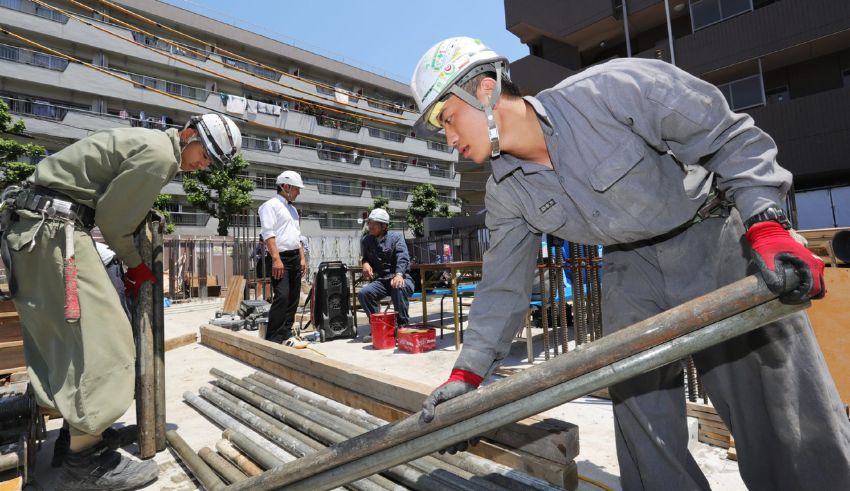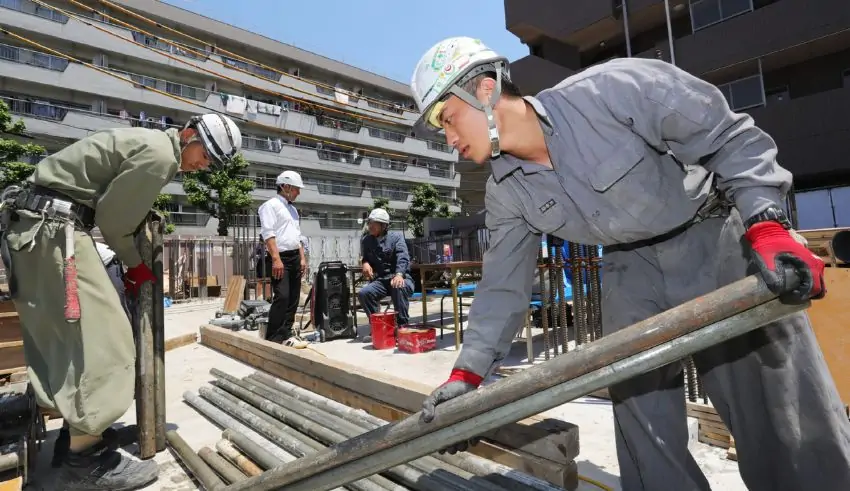

(C) HR ASIA
Japan is known for its aging population, shrinking workforce, and strict immigration policies. But in recent years, the country has been opening its doors to more overseas workers, especially from Southeast Asia. As of October 2023, there were more than 2 million foreign workers in Japan, a record high and a 13.6% increase from the previous year.
One of the main reasons for the surge in overseas workers is the introduction of the new visa system in April 2019, which aimed to address the labor shortages in 14 sectors, such as agriculture, construction, nursing care, and hospitality. The new system has two types of visas: Specified Skilled Worker and Specified Skilled Worker.
The first type allows workers with a certain level of skills and Japanese language proficiency to stay in Japan for up to five years, but they cannot bring their family members. The second type is for workers who have higher skills and can extend their stay indefinitely, as well as bring their spouses and children.
According to the Ministry of Justice, as of December 2023, there were 88,519 holders of the Specified Skilled Worker (i) visa and 1,354 holders of the Specified Skilled Worker (ii) visa. The majority of them came from Vietnam, Indonesia, the Philippines, China, and Myanmar.
The new visa system has brought benefits to both Japan and the overseas workers. For Japan, it has helped to fill the labor gaps in various industries, especially in rural areas where the population is declining. For the workers, it has offered them better wages, working conditions, and opportunities to learn new skills and cultures.
However, there are also challenges and issues that need to be addressed. Some of the workers have faced difficulties in adapting to the Japanese work culture, language, and lifestyle. Some have also encountered discrimination, exploitation, or abuse from their employers or brokers. Moreover, some of the workers have been affected by the COVID-19 pandemic, which has disrupted their travel plans, employment contracts, and health care access.
Despite the challenges, the new visa system is expected to continue to attract more overseas workers to Japan in the future. The government has set a target of accepting up to 345,000 workers under the system by 2025. It has also taken measures to improve the support and protection for the workers, such as providing more information, counseling, and legal services, as well as cracking down on illegal brokers and employers.
The new visa system is not only a solution to Japan’s labor shortage, but also a potential catalyst for its social and economic transformation. By welcoming more diverse and talented people from different backgrounds and cultures, Japan can enhance its innovation, competitiveness, and global connectivity. It can also foster a more inclusive and harmonious society, where everyone can contribute and benefit from the mutual exchange of values and ideas.
Through software update Nothing OS 3.1 the company improves functionality of Phone (3a) and Phone (3a) Pro models. Global service…
China's electric vehicle (EV) giant BYD has officially taken over the global EV market, with a whopping revenue of 777…
The Japanese women’s curling team has a tough road to qualification for the 2026 Milan-Cortina Winter Olympics. Having silver and…
Rajasthan Royals vs Kolkata Knight Riders will be playing matchesin the Indian Premier League 2025 match at Barsapara Stadium, Guwahati…
Vietnam becomes the rising star for that tourism scene in the annals of Southeast Asia; it surpasses its regional competitors…
The Chinese Coast Guard ships extended their stays near the Senkaku Island region which led Japan to lodge formal diplomatic…
This website uses cookies.
Read More